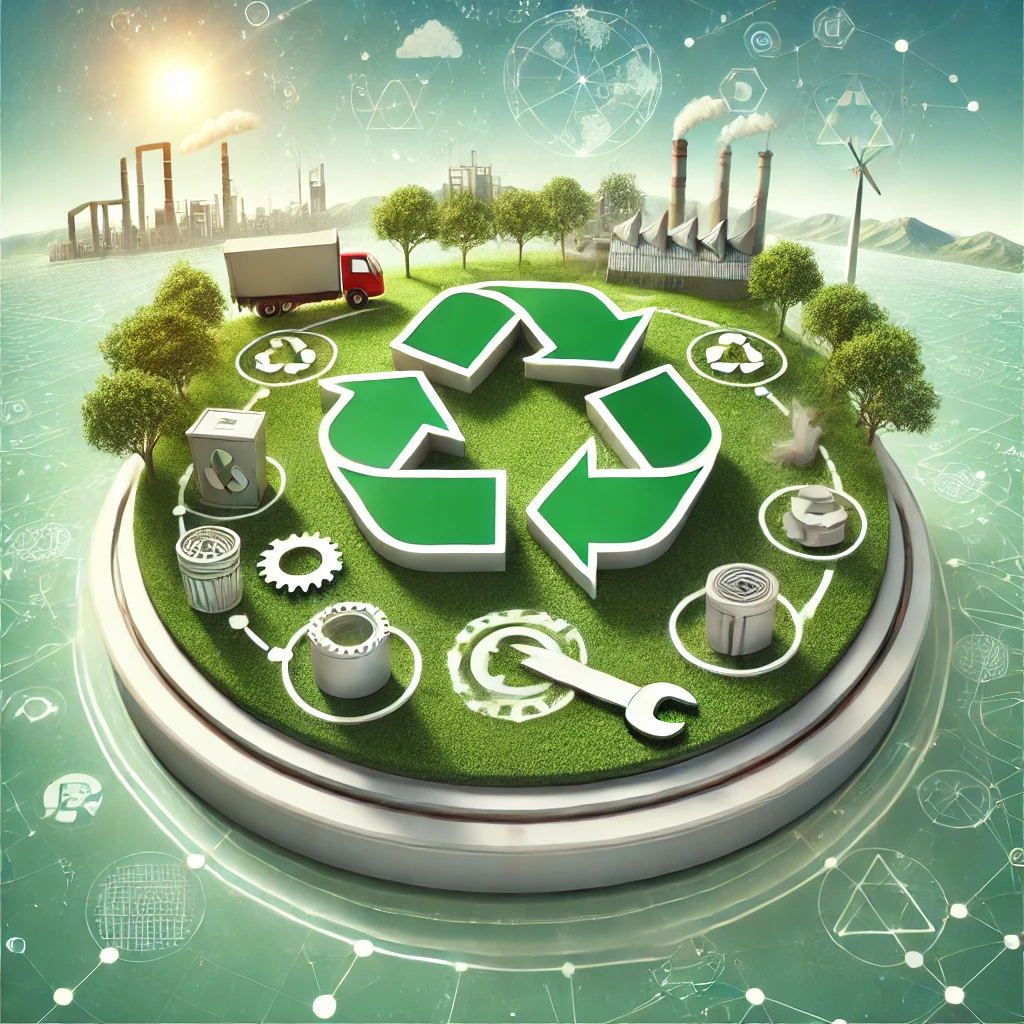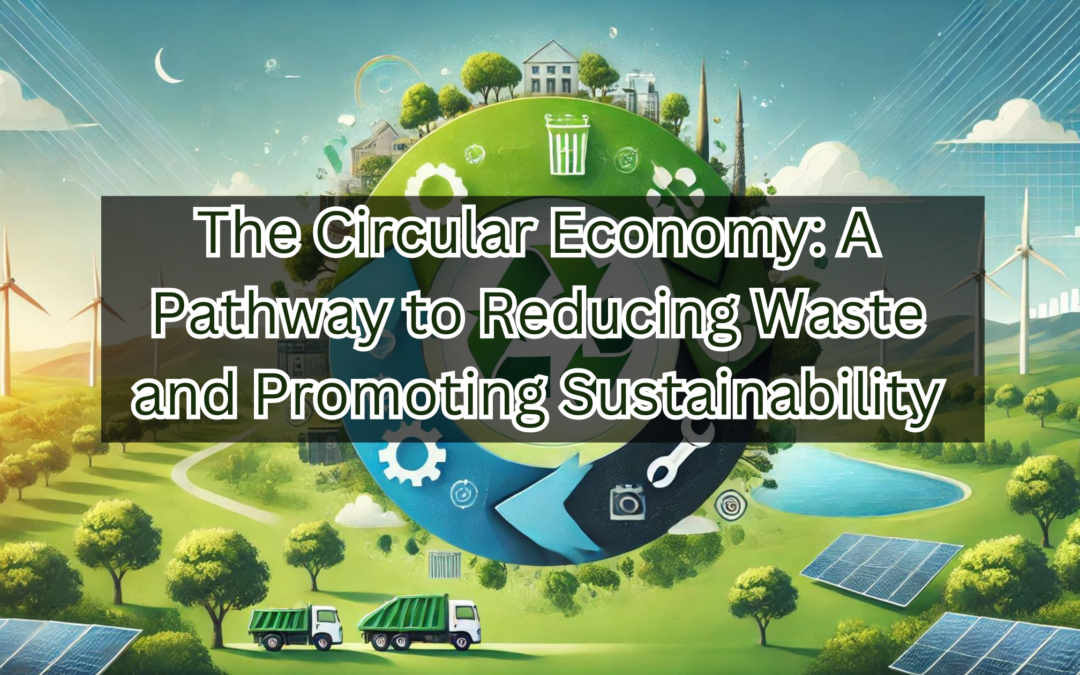In today’s rapidly changing world, sustainability is no longer a buzzword—it’s a necessity. The traditional linear economy, characterized by the “take-make-dispose” model, is unsustainable and contributes significantly to environmental degradation. Enter the circular economy—a revolutionary approach that prioritizes resource efficiency, waste reduction, and long-term sustainability.
What is the Circular Economy?
The circular economy is a transformative model that replaces the linear approach with a closed-loop system. Instead of products reaching the end of their life and being discarded, the circular economy focuses on keeping materials and products in use for as long as possible. This is achieved through reuse, repair, remanufacturing, and recycling. The ultimate goal is to minimize waste and maximize the lifecycle of products, thereby reducing the environmental footprint.
The Benefits of the Circular Economy
1. Drastic Waste Reduction
One of the most significant advantages of the circular economy is its ability to drastically reduce waste. In a traditional linear economy, products are often discarded after a short period, leading to overflowing landfills and environmental harm. However, in a circular economy, products are designed to last longer and be easily repaired or recycled.
For example, companies like Patagonia and IKEA have embraced circular principles by offering repair services and creating products that can be disassembled for recycling. These practices not only reduce the amount of waste generated but also minimize the environmental impact of product disposal.
2. Conservation of Natural Resources
Resource conservation is another crucial benefit of the circular economy. Traditional manufacturing processes rely heavily on the extraction of virgin materials, which can deplete natural resources and harm the environment. The circular economy, on the other hand, promotes the use of recycled and secondary materials.
Take aluminum cans, for instance. Recycling aluminum uses significantly less energy compared to producing new cans from raw bauxite ore. By encouraging the use of recycled materials, the circular economy helps preserve natural resources and reduce the environmental impact of production.
3. Driving Economic Growth and Innovation
The shift towards a circular economy also spurs economic growth and innovation. As businesses adopt circular models, they are encouraged to develop new technologies and processes that enhance resource efficiency. This innovation leads to the creation of new, sustainable products and services that meet the growing demand for environmentally friendly solutions.
For example, the fashion industry is exploring circular strategies like using recycled materials and launching clothing rental programs to address the environmental impact of fast fashion. These innovations not only promote sustainability but also offer businesses new revenue streams.

Challenges and Opportunities in Implementing a Circular Economy
While the benefits of the circular economy are clear, its implementation is not without challenges. To fully embrace this model, changes are required in product design, consumer behavior, and waste management systems.
- Product Design: Companies must rethink product design to ensure longevity, reparability, and recyclability.
- Consumer Behavior: Consumers need to adopt new habits, such as repairing items instead of discarding them and choosing products designed with sustainability in mind.
- Waste Management Systems: Efficient recycling infrastructure is essential to handle the increased volume of recyclable materials in a circular economy.
Despite these challenges, the circular economy presents significant opportunities for businesses and consumers alike to contribute to a more sustainable future.
How You Can Contribute to a Circular Economy
As a consumer, you play a vital role in promoting the circular economy. Here are a few ways you can contribute:
- Support Businesses with Circular Practices: Choose companies that prioritize sustainability, offer repair services, and use recycled materials.
- Repair, Don’t Replace: Before discarding an item, consider repairing it or finding a way to repurpose it.
- Recycle Properly: Ensure that you recycle materials correctly to keep them in the loop.
Conclusion: Join the Circular Movement Today
The circular economy is not just a concept—it’s a powerful solution for reducing waste, conserving resources, and promoting sustainability. By embracing this model, we can move towards a future where products are designed to last, resources are conserved, and waste is minimized.
Ready to make a difference? Start by supporting circular economy practices in your daily life. Visit EAT Community to learn more about how you can contribute to a more sustainable world and stay updated on the latest innovations in circular economy practices.
Let’s build a more sustainable future together!
Related Articles and Resources:
- Consumer Perceptions and Market Trends in Regenerative Agriculture Products
- Duncan Clark, Renovare Fuels: Reducing Aviation’s Carbon Footprint
- How Technology is Revolutionizing Environmental Sustainability
- Sustainability in the Workplace Ideas
- Case studies and examples of circular economy in action
- Recycling Economic Information (REI) Report


Recent Comments